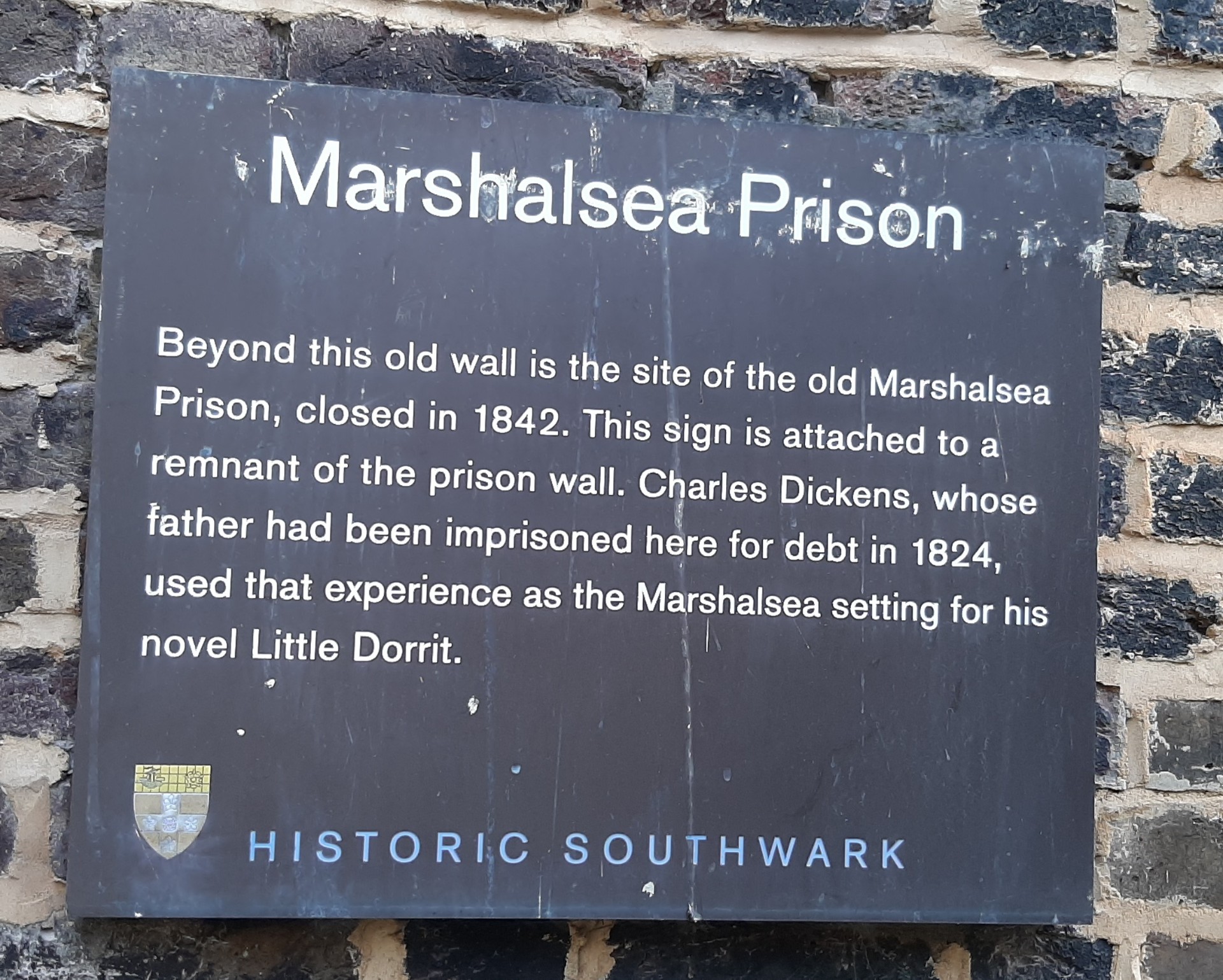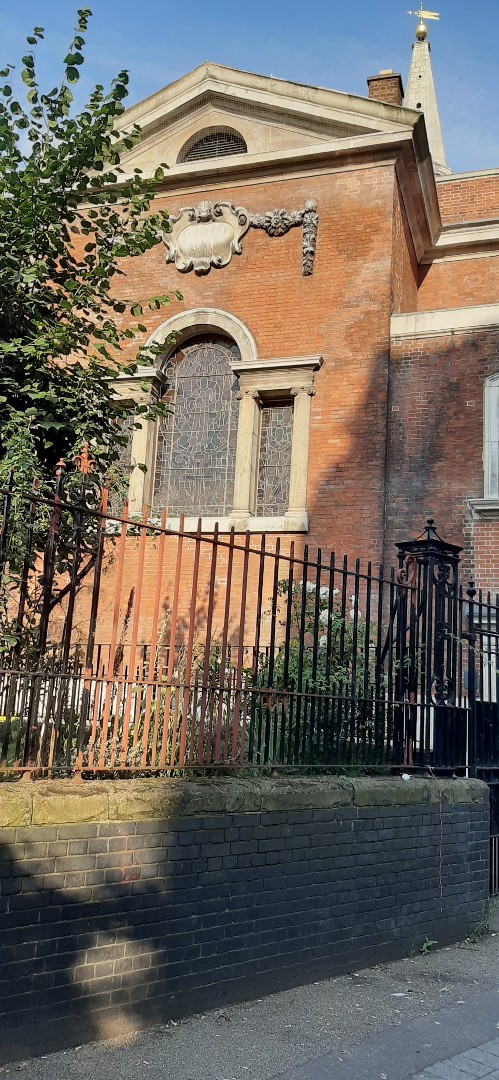
Charles Dickens and Marshalsea Prison
Charles Dickens was born in Portsmouth on 7 February 1812, the second of eight children, and he died at his home at Gad’s Hill, Higham in Kent on 9 June 1870. Dickens experienced hardship and poverty as a child before his success as a writer which brought him recognition and considerable wealth. His father worked as a clerk in the Navy Pay Office and was a man who lived beyond his means, being forced by his creditors into the Marshalsea debtors’ prison in Southwark in 1824. Dickens was then 12 years old and was placed to lodge with a family friend in a room on Lant Street, close to the prison. He would spend Sundays in the prison with his family. He had to find a job to pay for his board and he worked at Warren’s Blacking Warehouse at Hungerford Stairs, close to Charing Cross station today. His job involved pasting labels on pots of boot blacking, working in grim conditions in a building by the river with its lower floors overrun with rats.
Dickens drew in his writing on his early life, his working experience and people he encountered. He had a keen eye for injustice and hypocrisy, andfor a time he was drawn to politics. After a brief spell in journalism he spent four years as a court reporter and, now in his early 20s, he met and made friends with other writers, journalists and actors. He married Catherine Hogarth in April 1836 and together they had ten children. He met Ellen Ternan in 1857, an actress aged 18, and there quickly became a strong connection between them. He and his wife Catherine separated in 1858 and she left with just one of the children, leaving the others to be raised by her sister. Dickens and Ellen Ternan remained close for the rest of his life. Dickens died on 9 June 1870 and was buried in Westminster Abbey.
As a writer, Dickens gained huge popularity and success with the general public while some literary critics were less enthusiastic in their appreciation. The term ‘Dickensian’ has entered the lexicon and characters such as Scrooge and Fagin have a place in popular culture. Dickens wrote movingly about the harsh conditions found in parts of Victorian London and he was all too familiar with their effect on vulnerable children. He has been commemorated on postage stamps and on a £10 note and there are a number of statues and several Dickens museums which mark his life and work.

St George the Martyr Church, Borough High Street (rebuilt 1734-6)

